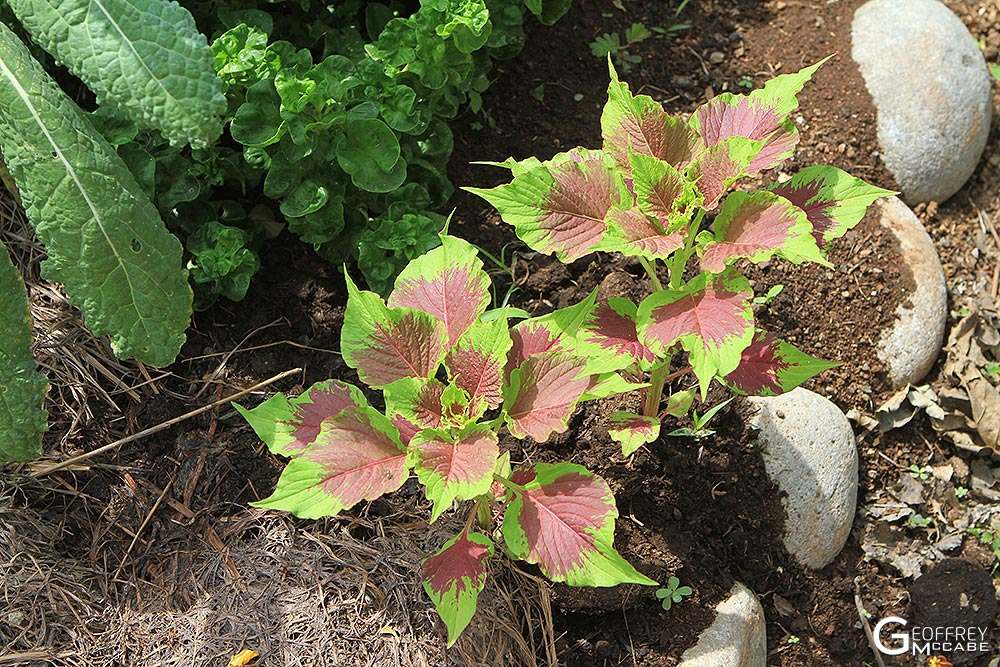Amaranth
With leaves streaked through with shades of red and purple, Amaranth Greens are a gorgeous green full of protein. The species of amaranth, which is technically classified as a herb, is cultivated by many Asian cultures as a leaf vegetable. Across Malaysia, Indonesia, Vietnam, India, and China and is most commonly paired with cumin, chile peppers, onions, and garlic. It’s history is steeped in Aztec and roots historically they called knew it as Huauhutli, the green that at one point is thought to have represented up to 80% of their caloric consumption. Because of its importance as a symbol of indigenous culture, its gluten-free palatability, ease of cooking, and a protein that is particularly well-suited to human nutritional needs, interest in grain amaranth has sustained time. It is a popular snack sold in Mexico, sometimes mixed with chocolate or puffed rice, and its use has spread to Europe and parts of North America.
Amaranth seeds and quinoa are called psuedograins because of their flavor and cooking similarities to grains. All parts of the herb are nutritional as well as the protein in the seeds the thinner stalks of the plant may be eaten as well, and are an interesting texture stewed in curries. Most similar in taste to spinach, amaranth leaves have a deep flavor and a hearty yet tender texture that makes it ideal for use in stir-fries and sautés.
Cooked, it is an excellent source of vitamins C, A and Folate and the dietary minerals that are high in calcium, copper, manganese, potassium and zinc mean that it is similar in nutritional content to complex carbohydrates like quinoa oats and wild rice. The green is known to be great for reducing hypertension and risk of cardiovascular disease as well as improving the body’s status of antioxidants and lowering cholesterol.















